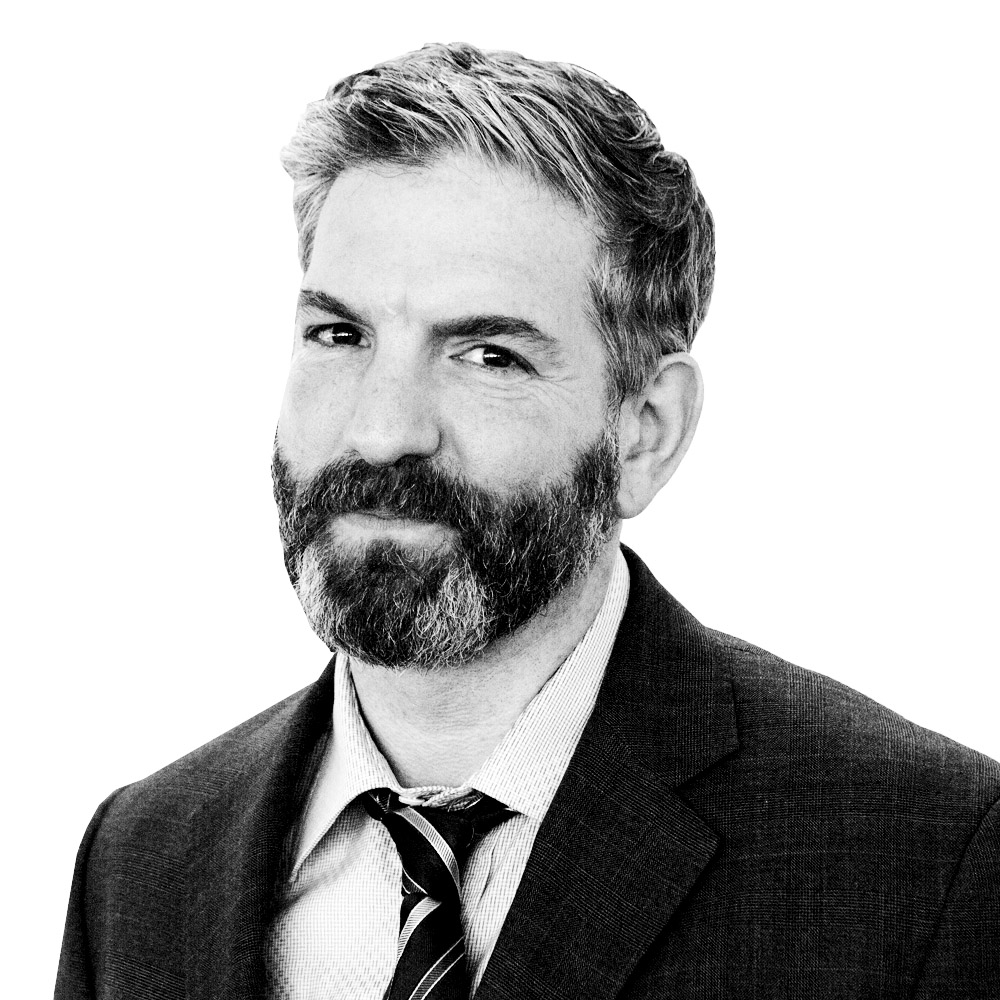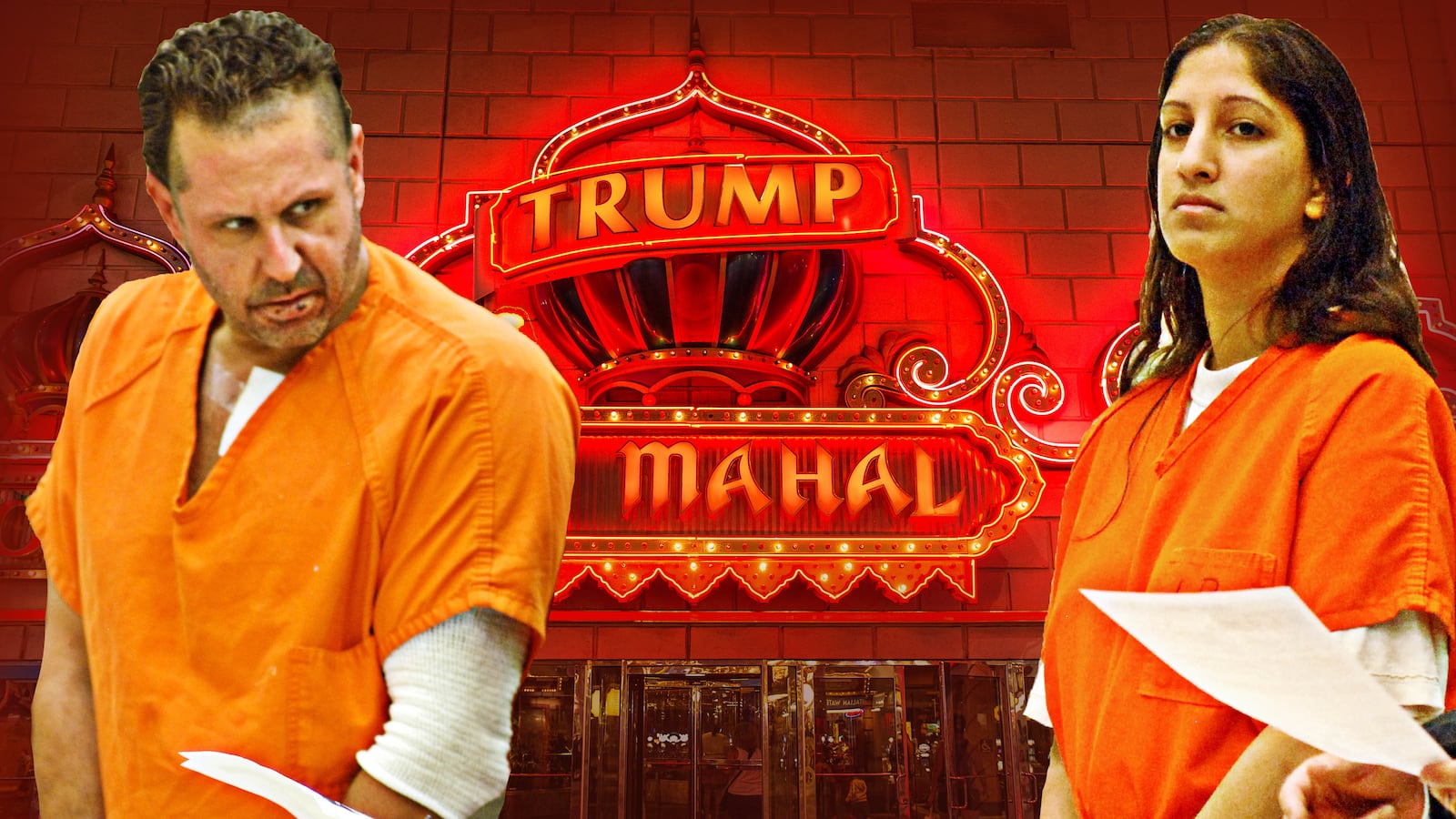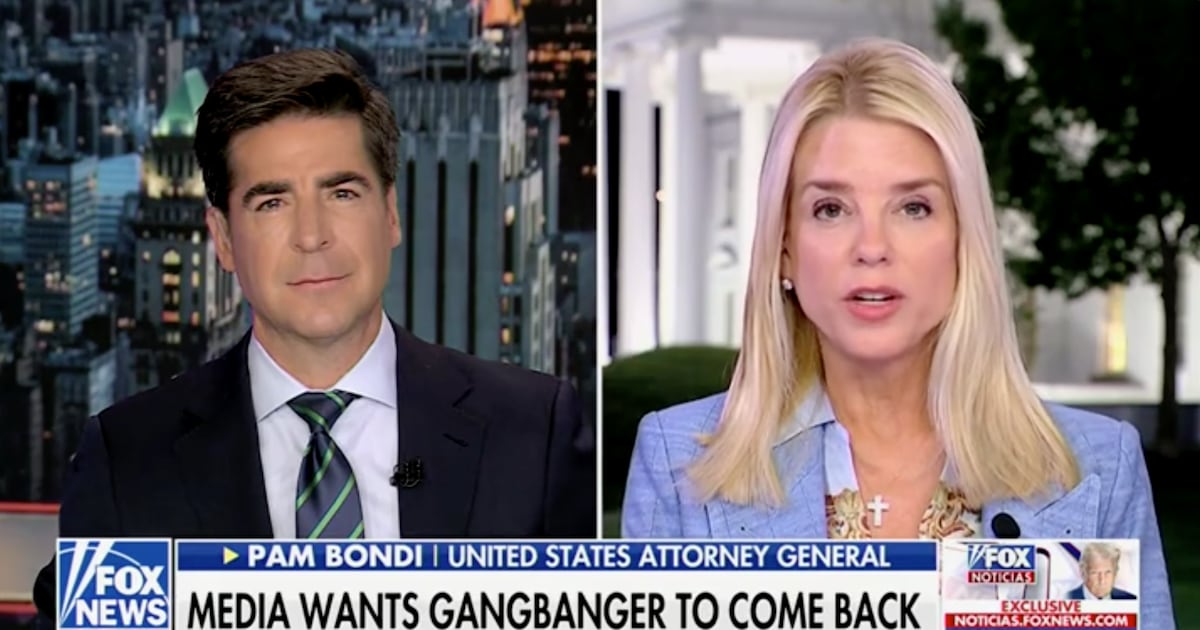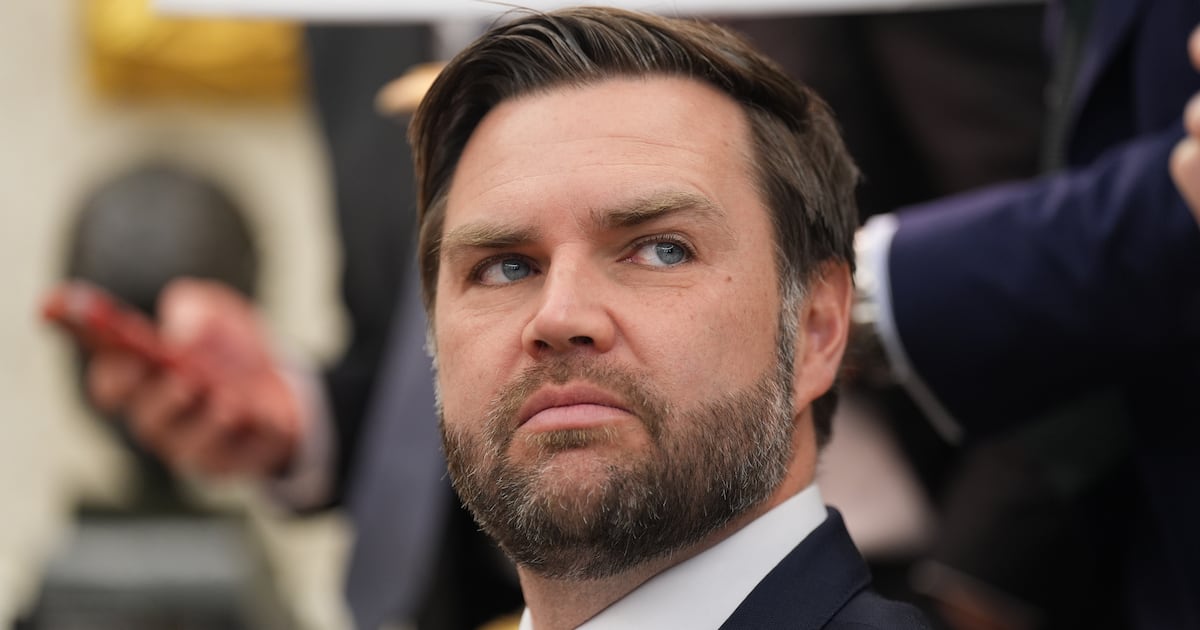On May 21, 2010, Martin Caballero met his only daughter, Jessica, at the Trump Taj Mahal casino in Atlantic City to celebrate her 22nd birthday. Jessica was going to hit one of the casino’s many clubs with friends while Martin and his partner, Libia Martinez, played the penny slots.
At around 10:30 p.m., Caballero dropped Martinez off at the Taj’s circular driveway and asked Jessica to stay with her while he parked the family car, a 2009 white Lincoln MKS, in the casino’s mammoth, 11-story garage. A career crook, Craig Arno, and his young girlfriend, Jessica Kisby, followed Martin into the facility in a gray Toyota. She said she liked Caballero’s car. Their plan was to rob him.
Caballero—a 47-year-old Army veteran and manager of the dairy counter of a Stop and Shop supermarket—pulled the Lincoln into a spot on the third floor. Arno and Kisby slid their gray Toyota behind him. Kisby opened the passenger door and started talking to Caballero. “Figured I’d distract him a little bit,” she later said.
Armo stepped out of his car, pulled a gun out of his waistband, and walked over to the Lincoln. He forced Caballero to get in the trunk. They drove off, with Kisby in the Toyota and Arno in the Lincoln.
Surveillance cameras at the Trump Taj Mahal captured the whole incident. But no one saw the crime as it occurred. There was only a single security officer watching the hotel and garage’s 1,120 surveillance feeds. (“Your question as to whether somebody was watching that particular camera is a little—it’s unreasonable,” the Taj’s former chief of security said in a deposition, years later.)
The guard who was supposed to secure the hulking garage, built to hold 6,750 vehicles, was similarly overwhelmed. Despite a directive to “never leave [the garage] unpatrolled,” that guard was also responsible, according to court documents, for the “entire perimeter of the property, two surface parking lots, valet parking areas, porte cochere entrance, and the bus lobby.”
The Trump Taj Mahal had pared its security budget further and further back in the years leading up to Martin’s abduction. In 2006, according to documents reviewed by The Daily Beast, the casino spent $9,574,419 on security. By 2010—the year Caballero was forced into the trunk of his own car—the budget was $6,646,017.
From mid-2008 to mid-2011, there were four murders in incidents arising at the Trump Taj Mahal. It’s a staggering number, considering that Atlantic City during this period averaged 11 murders per year. One in eight slayings in the city were connected to the Taj—in a time when there was not a single homicide at any other area casino, according a review of press clippings and police data by The Daily Beast.
When The Daily Beast reached out to a member of New Jersey’s Gaming Control Commission, which regulates casinos, about the Taj Mahal’s cuts in security and spikes in crime, the official said, without prompting, that “this wasn’t the fault of Mr. Trump.”
Donald Trump may have opened the Taj Mahal, and made it the centerpiece of his casino empire to great fanfare, the official continued. Donald Trump’s name may have been on the front of the building. Donald Trump may have still owned a chunk of the casino at the time. But he wasn’t managing the daily operations of the place. He just licensed the Taj Mahal his name.
It’s an answer that raises another question: When you give your name to something, how responsible are you for what happens there?
The homicides were far from the only violent incidents at the Taj. From 2006 to 2010, there were approximately 500 violent crimes committed there, according to court documents reviewed by The Daily Beast. “And that’s not counting the hundreds of burglaries and larcenies that occurred on the property,” according to Caballero family attorney Alan Feldman. “They didn’t advertise it, they didn’t tell people that in their marketing materials, but there was a very, very significant level of crime.” In 2009, for example, the Atlantic City police were called to the Taj an average of five times per night.
Independent security consultants cautioned about reading too much into this seeming trend. “Sometimes crimes are like jackpots in a casino—they happen in clusters, but really they have nothing to do with one another,” one Reno, Nevada-based gaming industry veteran said. But he added that so many homicides in such a short span of time was troubling. “Once you have an incident, the casino is put on notice. You need to take some action. That’s what I would do.”
In the Taj’s garage alone, there were at least eight reported robberies in a three-year span. And though Trump Taj Mahal employees said during later court depositions they couldn’t remember any specific violent incidents, the facility was considered dangerous enough that a security guard—the only one assigned to the garage on the Friday night that Caballero was abducted—was also supposed to escort cashiers to their cars.
Arno drove Caballero’s white Lincoln into a gas station about 10 miles west of the Taj later that night, while Jessica and her mother kept calling and texting his phone. The gas station attendant later testified that he he noticed blood on the back bumper. Kisby tried to explain it away by saying that they had “hit a deer.” At 1 a.m., a man wearing Caballero’s Mets cap and using Martin’s debit card tried to take $300 out of an ATM. But his card had already withdrawn his maximum amount for the day. Arno told Kisby to get the knife in the gray Toyota. It was a “thin knife… like [for] boning a fillet,” Kisby later said.
“In your mind, what was going to happen next?” a prosecutor asked her.
“Figured we were going to kill him,” she answered.
Caballero’s body was found nine days later. His death shocked his community of North Bergen, New Jersey, which held a candlelight vigil in his honor. It was front page news for months in Atlantic City and in nearby Philadelphia, where Arno and Kisby were dubbed by the local paper a “lowlife Bonnie and Clyde.”
At Arno’s sentencing, Libia Martinez, Caballero’s partner, stood up before the court to remember him. “He was my happiness. He was my best friend. He was my partner,” she said. After 26 years, Martinez added, they were finally going to get formally married, and take a cruise for a honeymoon. “I suffer for his suffering. And for his last moment, I could not be with him.”
Martinez’s pain was searing. But it was not all that unusual. In April of 2008, Vincente Perez stabbed Arthur Prince to death on the boardwalk outside of the Taj Mahal after an argument in the casino’s poker room. In May, 2009, Mark Magee used a revolver loaded with hollow point bullets to murder Taj shift manager Raymond Kot in a card-and-dice room off of the casino floor.
Martin Caballero’s family sued the Taj Mahal and its parent company, Trump Entertainment Resorts Inc., for negligence and infliction of emotional distress following this “wrongful death.” The case took nearly four years to wind its way through the courts. And then suddenly, on Wednesday, just before the trial was to begin, the two sides settled for an undisclosed sum.
Before the suit was settled, lawyers for the Trump Taj Mahal noted in court filings that the carjacking happened in less than three minutes, and was therefore borderline unpreventable; that, before the killing, violent crime had been on the decline in the garage and around the hotel; that Martin’s murderers attacked him at random, and didn’t specifically target the Taj; that there “is simply no evidence of any kind of an evil motive or wanton, willful, or reckless conduct” by the casino; and that “prior to May 21, 2010, there had never been an abduction and subsequent murder in the Taj Mahal parking garage.”
These lawyers did not respond to multiple requests for comment for this article, nor did representatives of the man whose name to this day is still attached to the Taj Mahal casino: Donald Trump.
Trump has, of course, made security a cornerstone of his presidential campaign. He’s also proudly trumpeted his business record—especially his record in Atlantic City. “I made a lot of money in Atlantic City,” Donald Trump told The Daily Beast’s Olivia Nuzzi. “I hope you can say in your article that Mr. Trump sold out a long time ago and did well.”
The reality, however, is a bit more complicated. Trump lost day-to-day control of his casino empire in 2005, when his Trump Entertainment Resorts went bankrupt for the second time. But The Donald was still chairman of the company’s board—and still involved in the Taj Mahal.
Ten days before the 2008 stabbing death of Arthur Prince outside the casino, for example, Trump appeared at a “topping off” ceremony for the Chairman’s Tower—a 39-story, $250 million building named after Trump himself. “We’re really happy with what’s happened with the Taj Mahal,” he said. “And we’re really—I mean really—honored to build this great building behind me. It’s going to set a new standard, I think, in for quality luxury.”
The following February, Trump quit the board of the casino company, citing his lack of control. But by August, he was back, making a bid with his daughter Ivanka to retake of Trump Entertainment Resorts and vowing “to make this company great again.”
That bid was finally OK’d in April of 2010, about a month before Martin Caballero’s murder. Trump was back against as the firm’s non-executive chairman, guaranteed a little less than 10 percent of the casino company—more than a million shares—in return for the use of his name and likeness. In public, at least, Trump claimed some measure of influence over the company. When Robert F. Griffin was hired as the new CEO of Trump Entertainment Resorts, The Donald was quick to claim Griffin as his choice. “I gave him an A-plus recommendation,” Trump told the Press of Atlantic City. “He’s a great manager, he’s a great person and he’ll do a great job.”
The endorsement may have been an attempt by Trump to exaggerate his own status beyond that of a corporate frontman. (Although Griffin later said that Trump was a “great guy to work for.”) But even if Trump was simply the face of the company, that made his casino enterprises no different from the dozens of other firms he’s been associated with in his later career. After all, Trump didn’t test the health benefits of his Trump-branded vitamins, design the curriculum for Trump University, or rustle the steers for Trump steaks. Even the buildings built recently with Trump’s name were erected without his input. These days, Trump’s portfolio is almost entirely filled with marketing agreements. In a very real sense, leasing his name is Trump’s business.
And in the case of the Taj, that business seemed to be exercising an almost gravitational pull over the criminal set. There was the 11-hour standoff at the Taj with a gun-toting felony suspect in 2009. The arrest of a man for sexually assaulting a 13-year-old runaway there in 2010. The conviction of another man for beating a senior citizen in the garage. “Trump Taj Mahal is unsafe and does not care about its guests,” one TripAdvisor reviewer complained not too long before Griffin’s appointment. “On a busy Sunday there were NO SECURITY ON THE FLOOR,” added another. “Horrifying, unsafe, dysfunctional society,” commented a third.
And yet the security budget kept shrinking. The number of guards at the Taj kept declining, too, according to Caballero family attorneys. Maybe that explains why there was just one person assigned to patrol the Taj garage the night of Martin Caballero’s abduction. On a typical Friday night, there were supposed to be up to four.
A Las Vegas-based casino security veteran cautioned against judging the Taj Mahal too harshly. During gaming industry downturns, he said, “security is always the first thing to go, because it’s not a profit center.” One chain in Nevada went as far as eliminating the position of hotel security director, the veteran added; instead, a security chief was put in charge of three casinos at once.
After Martin Caballero’s death, the Taj Mahal did take additional security precautions, like adding in some lights and putting up extra signs letting visitors know they were under the surveillance cameras’ watch. There was an extra bike patrol officer assigned to the garage, and an Atlantic City cop was assigned there during the evenings. But the operation stayed largely the same. In fact, the number of security officers dropped over the next two years by nearly 10 percent. Meanwhile, the number of criminal complaints arising from incidents at the Taj garage increased 86 percent in two years.

In Sept. 18, 2011—16 months after Martin Caballero pulled into the Taj Mahal garage—Sunil Rattu and his girlfriend, Radia Ghetta, drove her Range Rover to the Trump casino. They were there to celebrate his graduation from nursing school, his family said, and have some fun before he had to start studying for one last exam. Rattu didn’t have a lot of free time—he was still working 18-hour shifts at the family gas station—so it was a special moment.
Rattu and Ghetta went inside the parking garage, and were surrounded by three men. “I shot her and I shot him,” one of the assailants said after he pleaded guilty to carjacking and murder.
—With additional reporting by Megan Fu.






